Not Just an Ordinary Tree.-Mihama, home of the 1500 year old giant Camphor tree of Hikitsukuri shrine and southern Mie prefecture's longest stretch of beach.
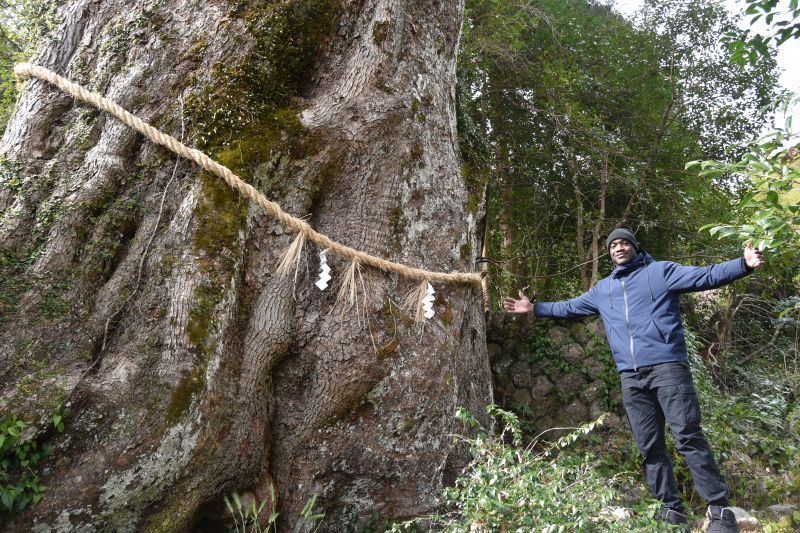
In Mihama I visited a 1500 year old tree that not only the biggest tree that I’ve ever seen, it also has the responsibility of looking after the people in the valley that it sits above.
Written by Kevin Jackson
-Author's Introduction
California, USA, 14 years in Japan. I love Japan! I naturally have an interest in history and geography, and try to spend a fair amount of my free time exploring Japan and delving into those aforementioned interests to find out what makes this country so interesting. The more curious you are the more interesting life becomes. I have spent the last 14 years here doing just that, and plan to continue to explore.
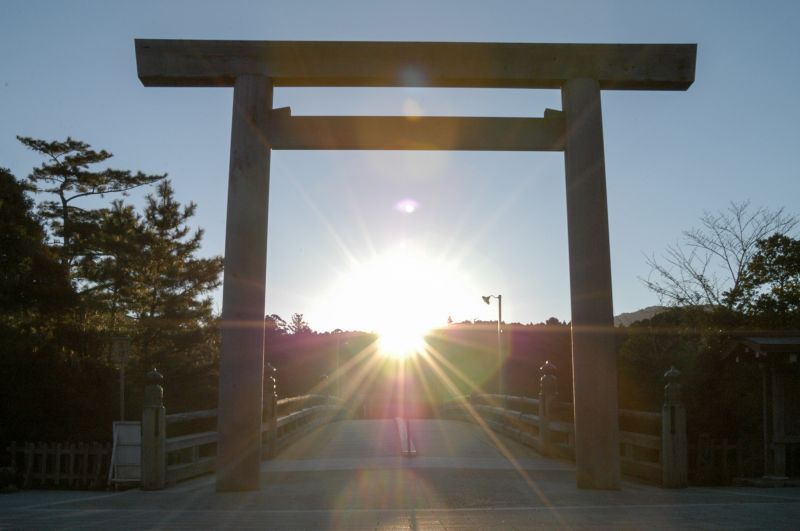
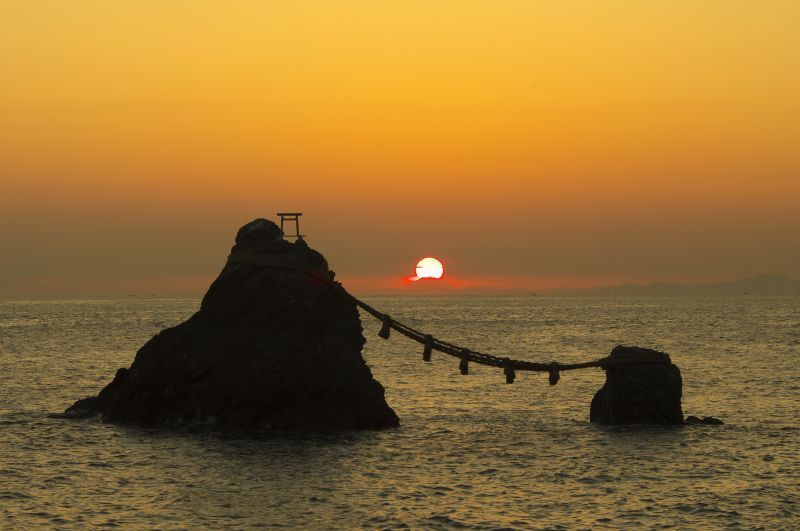
The shrine has not always existed as a conceptor actual physical structure.
In early Japanese Shinto, a plot of land was simply roped off in a square as an area of sacred Shinto space. The area would have most likely been especially beautiful or unusual in some way.
Forinstance, a particularly large or interestingly shaped rock might have drawn Shinto devotees to an area as this would have indicated that some type of god lived there. The same might be done for a tree or an area where a particular type of animal lived.
As this practice grew, more areas were established as Shinto sacred spaces, drawing more people who wished to center their lives around the peace and prosperity of the natural landscape and the resources it held.
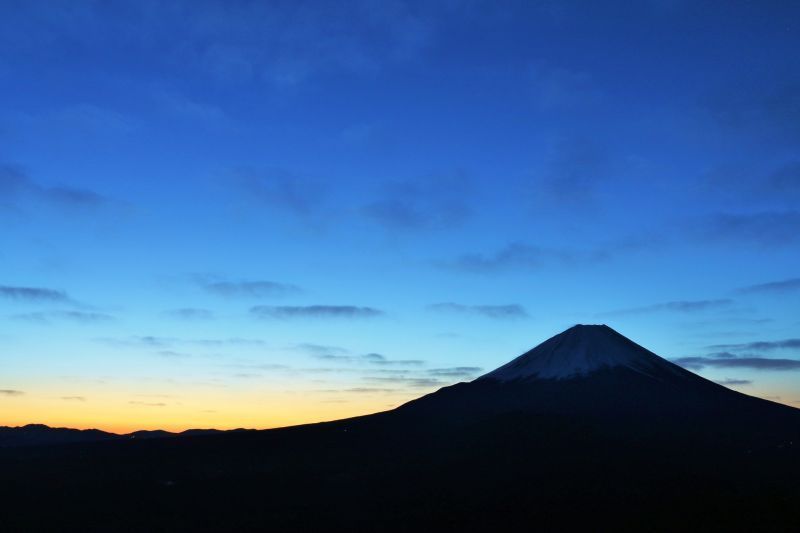
These peculiar items are sometimes referred toas Shintai. Shintai are physical objects worshipped at or near Shinto Shrines because it is believed that they house the deity of that domain. Shintaithemselves are not part of the divine, but rather just symbolic repositories which make them accessible for human beings to worship.
The most famous and recognizable Shintai in Japan is the iconic Mt. Fuji. I have had the pleasure of visiting Mt. Fuji in the past and I recommend that you visit if you have not yet done so, but this article is not about Mt. Fuji.
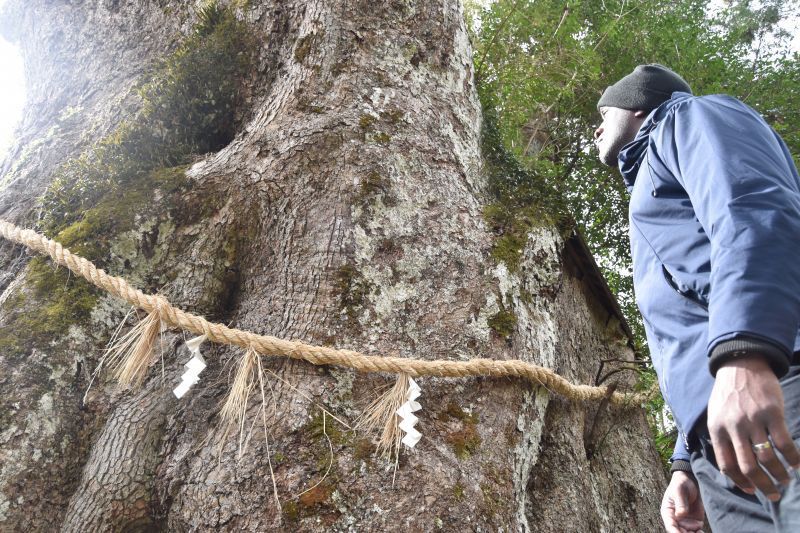
The focal point of my article is about another Shintai about 4 hours or so to the southwest of Mt. Fuji.
This stature of this particular Shintai also fails in comparison to the snow capped mountain to the north. But just because it is smaller than Mt. Fuji that doesn’t mean that it’s small. Actually it is about 35 meters tall and more that 4 meters wide. That’s pretty big by most standards.
By far the biggest Camphor tree that I have everseen. Did I mention that the tree is around 1500 years old? That in itself is amazing.
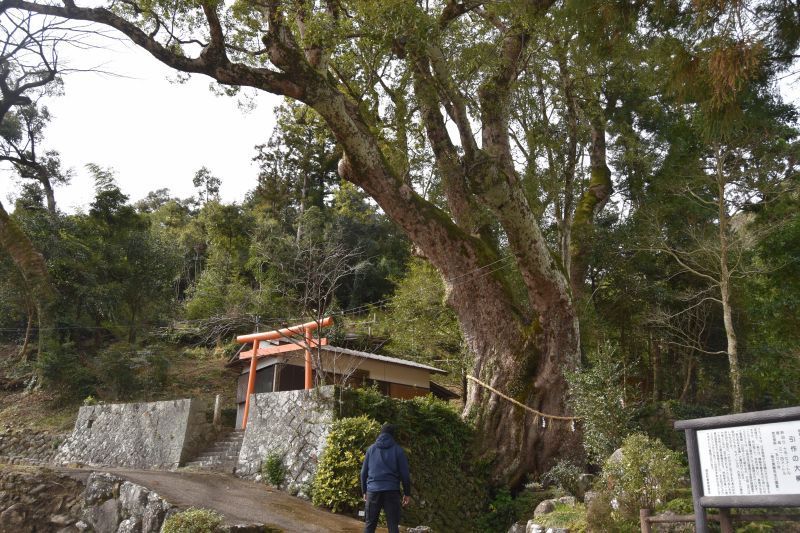
The tree just seemingly pops out of nowhere. It dwarfs everything around it and completely dominates the scenery at the top of a hill that overlooks a valley that contains a small village.
Access to the shrine is fairly easy as you can simply drive up to the shrine by car. However,you have to navigate through a few back streets and residential neighborhoods on your way through the valley to the shrine. It may be a little confusing so I suggest that you pay close attention to your map or use some time of navigationsystem to help guide you along the way.
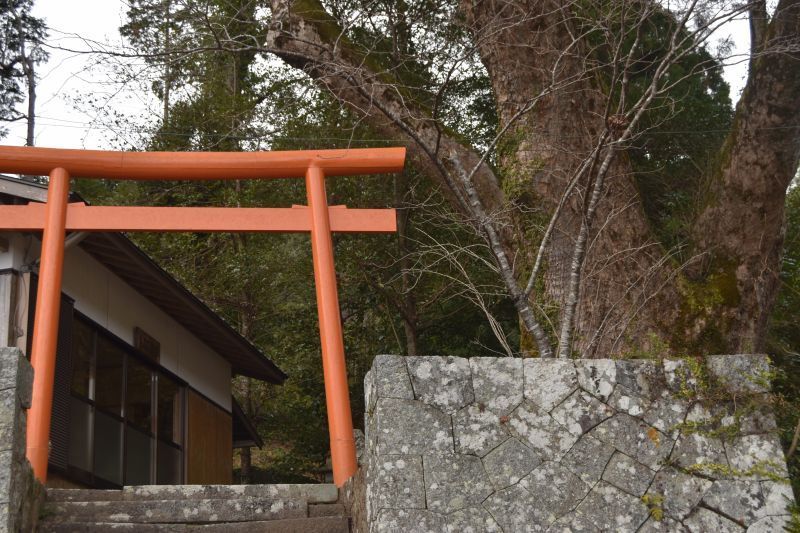
Once you step out of the car it is hard to move for the first few minutes. The sheer size of the imposing tree kind of requires you to stand still and marvel at this magnificent natural oddity.
After the initial shock, I walked up the incline to get a better look at the tree and the adjacent structure that looked like a Shinto shrine. The tree is so wide at that base that it is impossible to see around the tree without walking along two separate pathways on opposite sides of the tree.
I was surprised to see that the backside of the tree had been recently damaged in a severe typhoon that swept through the some months prior.
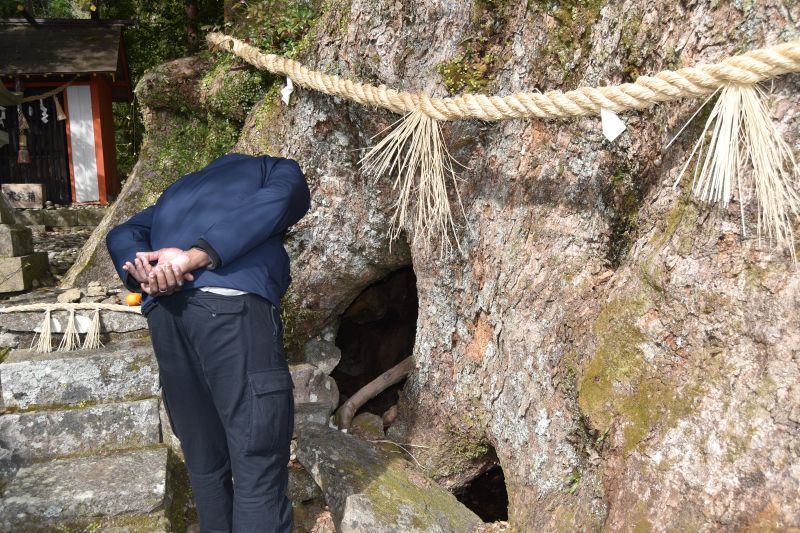
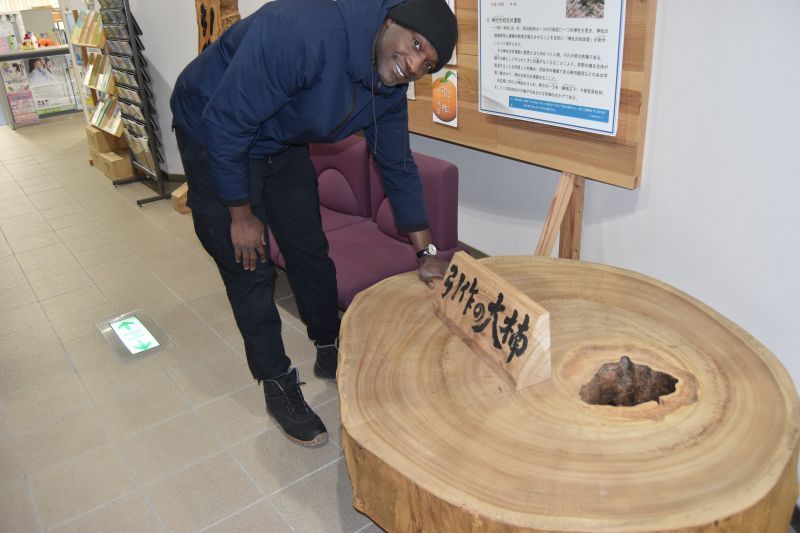
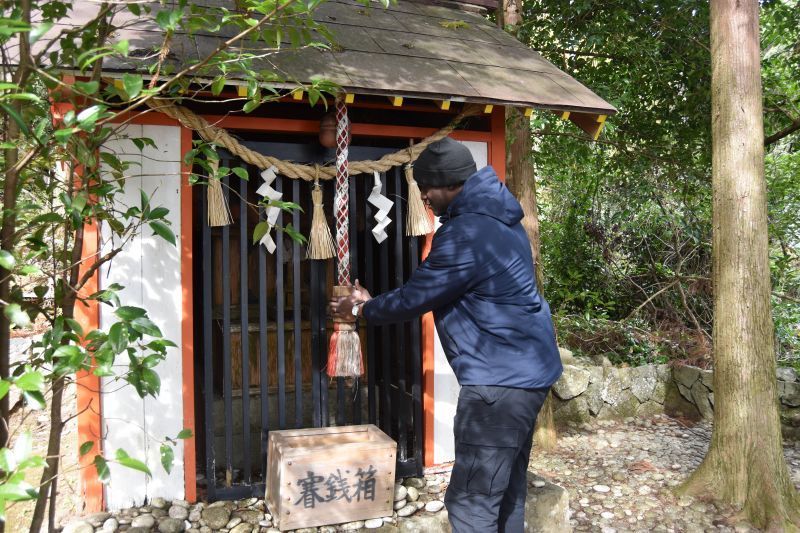

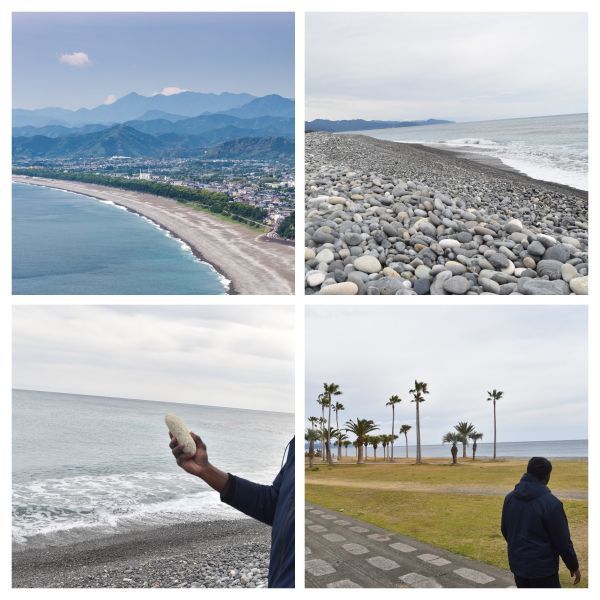
It’s back down the hillfrom here to town. On the way back I had to stop off at the beach.
I’moriginally from California and I must admit that I long for the ocean if I’m trapped inland for too long.
Getting a chance to feel the ocean breeze and takein the view from the beach in Mihama was the perfect way to end a long day on this leg of my trip to southern Mie.
Giant Camphor tree of Hikitsukuri shrine
Address:Mie-ken, Minamimuro-gun, Mihama-cho, Hikitsukuri 456